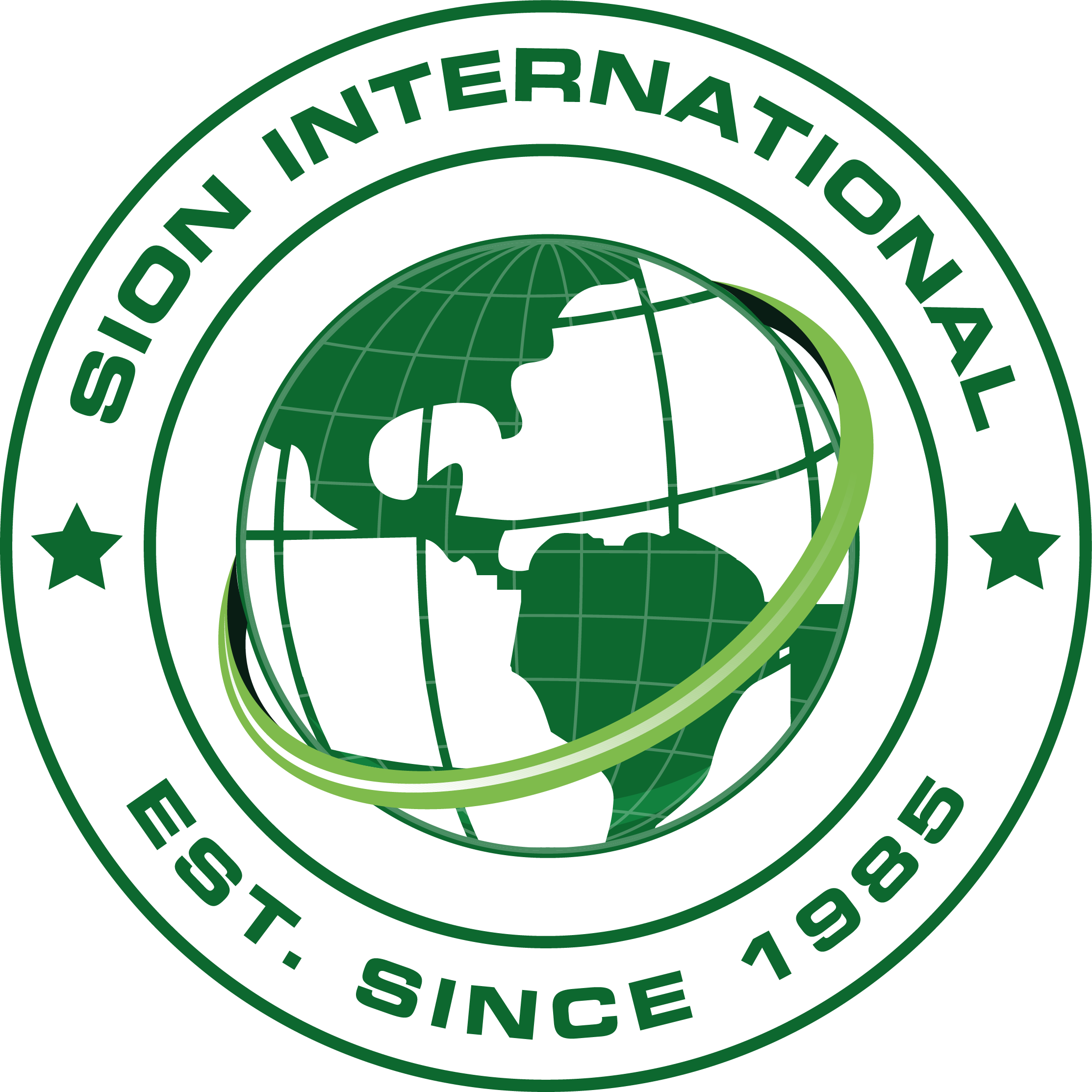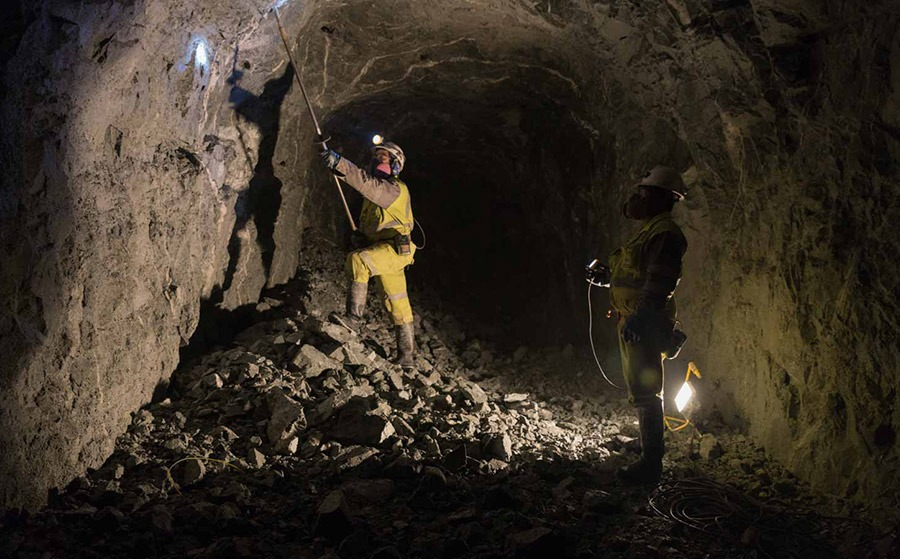CLOSURE AND RECLAMATION METHODS
Site closure and reclamation are complicated processes dependent on numerous factors, such as:
- Site climatic conditions
- Metals and mineral present in the material
- Methods used to process the material
- Final reclamation regulatory requirements
- Closure conditions
- Isolation of the site
Mine waste is characterized as material which is benign and material that is reactive (containing mobile metals, acid producing potential, high pH minerals, etc.). The material characteristics determine if simple consolidation, final sloping and revegetation can be used or if more complicated capping, treatment or use of ET (evapo-transpiration) covers are required to mitigate infiltration and mobilization of harmful chemicals. The climatic conditions also determine what method can be used as high precipitation requires contouring, capping, installing a vegetative zone and establishing siltation and/or capture structures. The condition of the material prior to closure (acid production, metal pollution, processing wastes) are used to determine the methods required and if such treatment structure as metal reduction bogs, anoxic limestone drain and/or constructed wetlands are required. Additionally, the annual precipitation plays a major role in determining the methods required for closure and reclamation as well as the amount of such minerals as sulfides, selenides or heavy metals present in the material and if these materials are reactive. Acid Rock Drainage is also a major concern to regulatory agencies and using such methods as, measuring acid producing potential and neutralization potential in conjunction with used such predictive tools as humidity cells, determine the methods required for closure and reclamation.
SION has the expertise and resources to resolve all of a client’s reclamation requirements. SION’s solution may require consolidation of material, where possible, re-contouring of the side slopes and placement of caps or ET covers and establishing the proper vegetative zones and planting reclamation and stabilization flora. Depending on the climatic conditions and the material reactivity, SION will determine how to treat, cap, and contain the reclamation issues.

